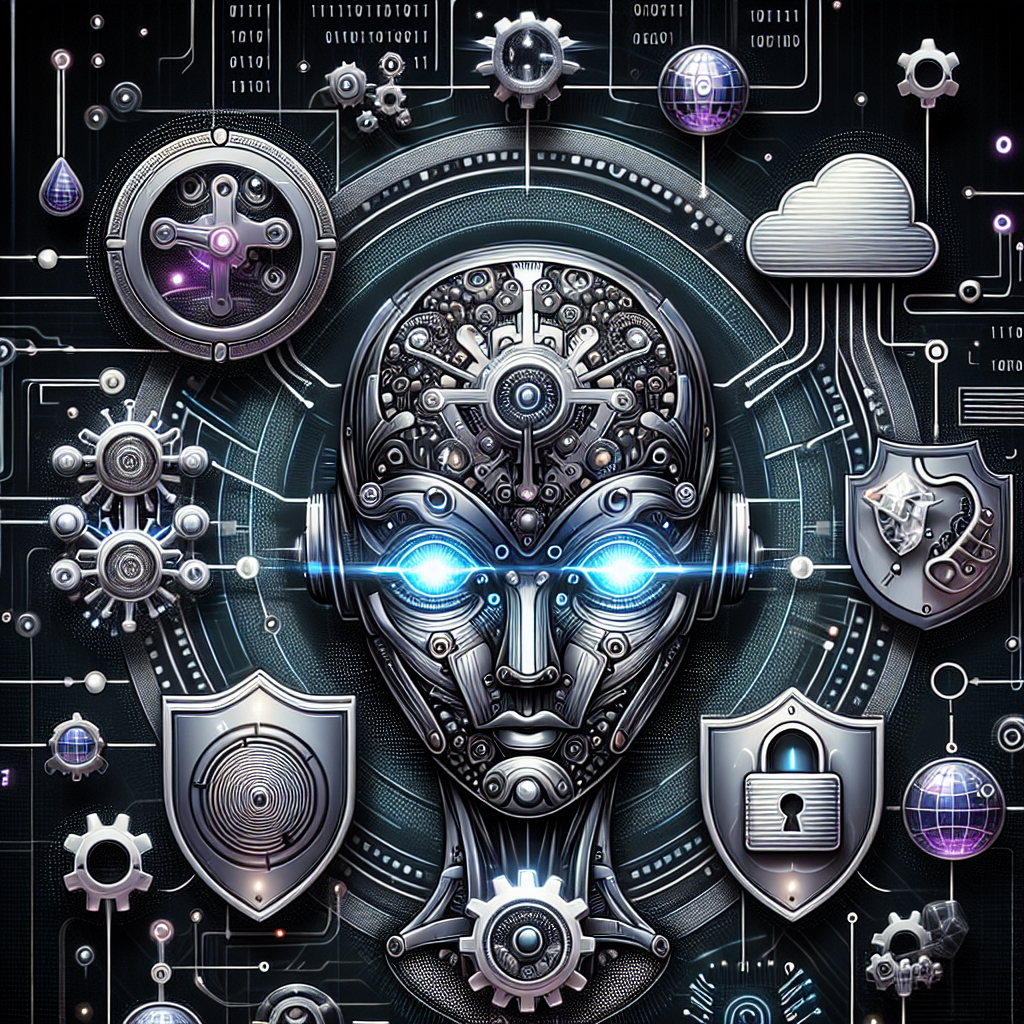Artificial intelligence (AI) is revolutionizing the field of cybersecurity by providing advanced tools and techniques to defend against evolving cyber threats. With the increasing complexity of cyber attacks, traditional security measures are no longer sufficient to protect sensitive data and critical systems. AI-powered cybersecurity solutions offer a proactive and adaptive approach to identifying and mitigating security risks in real-time.
Key Technologies in AI Cybersecurity
1. Machine Learning: Machine learning is a subset of AI that enables computers to learn from data and make decisions without human intervention. In cybersecurity, machine learning algorithms can analyze large datasets to identify patterns and anomalies that may indicate a potential security threat. By continuously learning from new data, machine learning models can improve their accuracy and effectiveness over time.
2. Behavioral Analytics: Behavioral analytics uses AI algorithms to analyze user behavior and detect unusual patterns that may indicate a security breach. By monitoring user activities, behavioral analytics can identify insider threats, such as employees accessing unauthorized data or engaging in suspicious activities. This technology helps organizations detect and respond to security incidents before they escalate.
3. Predictive Analytics: Predictive analytics uses AI to forecast future events based on historical data and trends. In cybersecurity, predictive analytics can help identify potential threats before they occur, allowing organizations to take proactive measures to mitigate risks. By analyzing patterns and trends in network traffic, predictive analytics can identify emerging threats and vulnerabilities.
4. Natural Language Processing (NLP): NLP is a branch of AI that enables computers to understand and interpret human language. In cybersecurity, NLP can be used to analyze text-based data, such as emails and chat logs, to identify security threats and phishing attacks. By analyzing the content and context of messages, NLP algorithms can detect suspicious patterns and alert security teams to potential threats.
5. Deep Learning: Deep learning is a subset of machine learning that uses neural networks to simulate the human brain’s ability to learn and make decisions. In cybersecurity, deep learning algorithms can analyze complex datasets, such as network traffic and malware samples, to detect and prevent cyber attacks. By leveraging deep learning techniques, organizations can enhance their threat detection capabilities and respond to security incidents more effectively.
6. Autonomous Response: Autonomous response is a cybersecurity approach that uses AI algorithms to automatically detect and respond to security threats in real-time. By integrating AI-powered security tools with automated response mechanisms, organizations can reduce the time to detect and mitigate security incidents. Autonomous response systems can identify and neutralize threats before they cause significant damage to the network.
FAQs
Q: How does AI improve cybersecurity?
A: AI improves cybersecurity by enabling organizations to detect and respond to security threats more effectively. By leveraging AI-powered tools and techniques, organizations can analyze large datasets, identify patterns and anomalies, and automate threat detection and response processes. AI helps organizations stay ahead of cyber threats and protect sensitive data and critical systems from malicious actors.
Q: What are the challenges of implementing AI in cybersecurity?
A: Implementing AI in cybersecurity poses several challenges, including data privacy and security concerns, lack of skilled AI professionals, and regulatory compliance issues. Organizations must ensure that AI-powered security tools comply with data protection regulations and follow best practices for data security. Additionally, organizations need to invest in training and upskilling their cybersecurity teams to effectively deploy and manage AI technologies.
Q: How can organizations leverage AI in cybersecurity?
A: Organizations can leverage AI in cybersecurity by integrating AI-powered tools and technologies into their existing security infrastructure. By deploying machine learning, behavioral analytics, and other AI techniques, organizations can enhance their threat detection capabilities, automate security operations, and improve incident response times. Organizations should also collaborate with AI vendors and cybersecurity experts to develop customized AI solutions that address their specific security needs.
In conclusion, AI is transforming the field of cybersecurity by providing advanced tools and techniques to defend against evolving cyber threats. By leveraging machine learning, behavioral analytics, predictive analytics, and other AI technologies, organizations can enhance their threat detection capabilities, automate security operations, and improve incident response times. With the increasing complexity of cyber attacks, AI-powered cybersecurity solutions offer a proactive and adaptive approach to protecting sensitive data and critical systems from malicious actors. By investing in AI technologies and upskilling their cybersecurity teams, organizations can stay ahead of cyber threats and safeguard their digital assets in an increasingly interconnected world.

